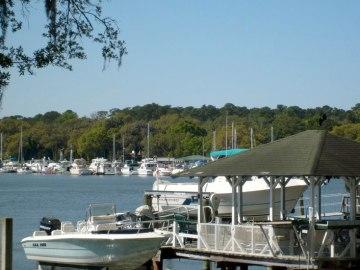
Section Branding
Header Content
Corps Studies Intracoastal Project
Primary Content

US Army Corps of Engineers officials are studying plans to dredge Georgia's portion of the Atlantic Intracoastal Waterway.
But as with another big dredging project, supporters don't expect the big issue to be environmental.
The Corps spent 14 years studying the environmental impacts of the Savannah harbor deepening and recommended moving forward.
But it's still Congress that pulls the purse strings and gives supporters the most concern.
Likewise, people who want the Intracoastal Waterway dredged, like Isle of Hope marina owner Charlie Waller, welcome the study but are skeptical much can happen without big federal spending.
"Although the study is necessary and a good idea and the Corps does a very good job in this area, unless they get a significant change in funding, probably a number of the more expensive parts of improving the waterway will sit on the shelf," Waller says.
The waterway gets silted up over time and requires maintenance.
The last big shot of money was $4 million in the federal stimulus act.
"We had a lucky find with the Obama stimulus funds that cleared a number of the other problem areas," Waller says. "But we've got two gorillas, Jekyll Creek and Little Mud River, that will be difficult to clear without a great deal of funding."
The Corps' environmental study is a first step in the dredging process.
Dredging the Georgia portion could cost millions of dollars.
Tags: federal stimulus, U.S. Army Corps of Engineers, Coastal, US Army Corps of Engineers, coastal Georgia, Army Corps of Engineers, Intracoastal Waterway, GPB News, Atlantic coast, Isle of Hope, Charlie Waller
Bottom Content

